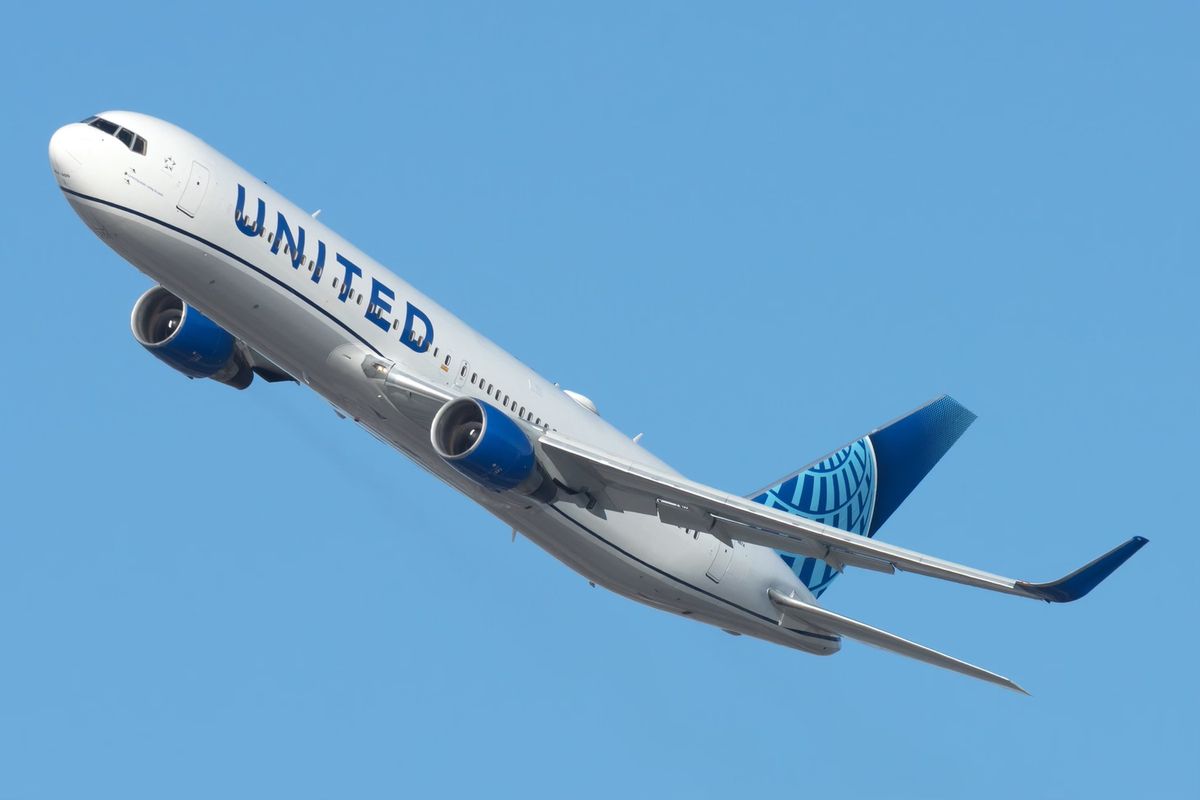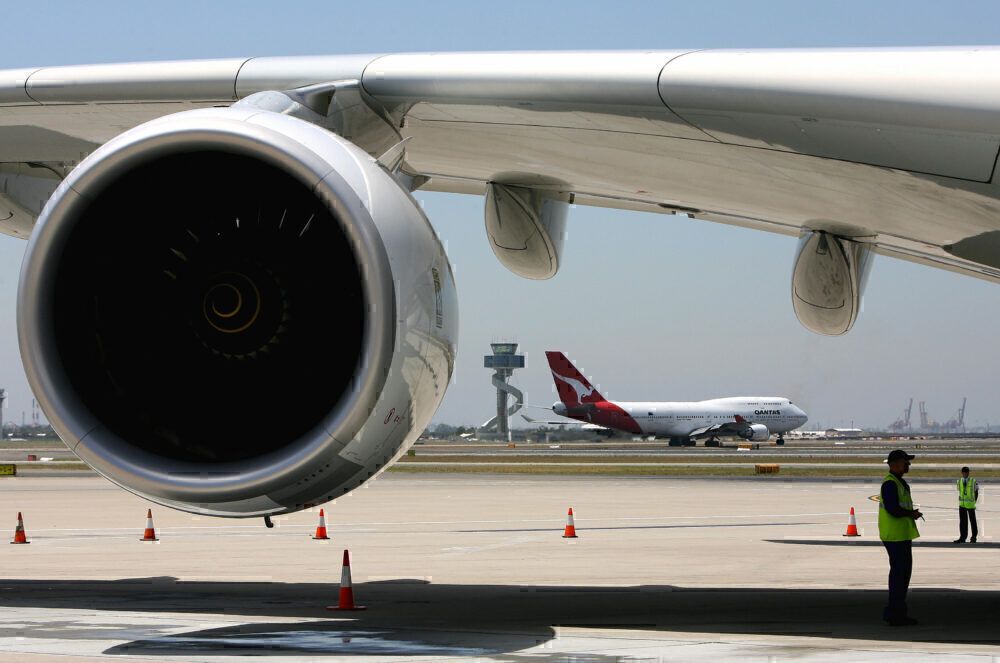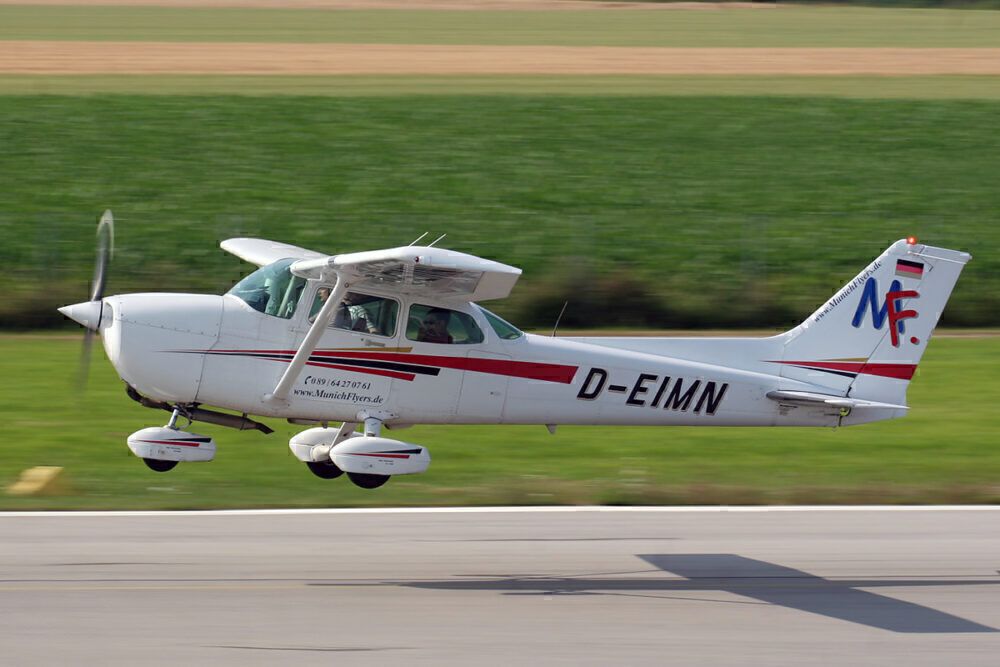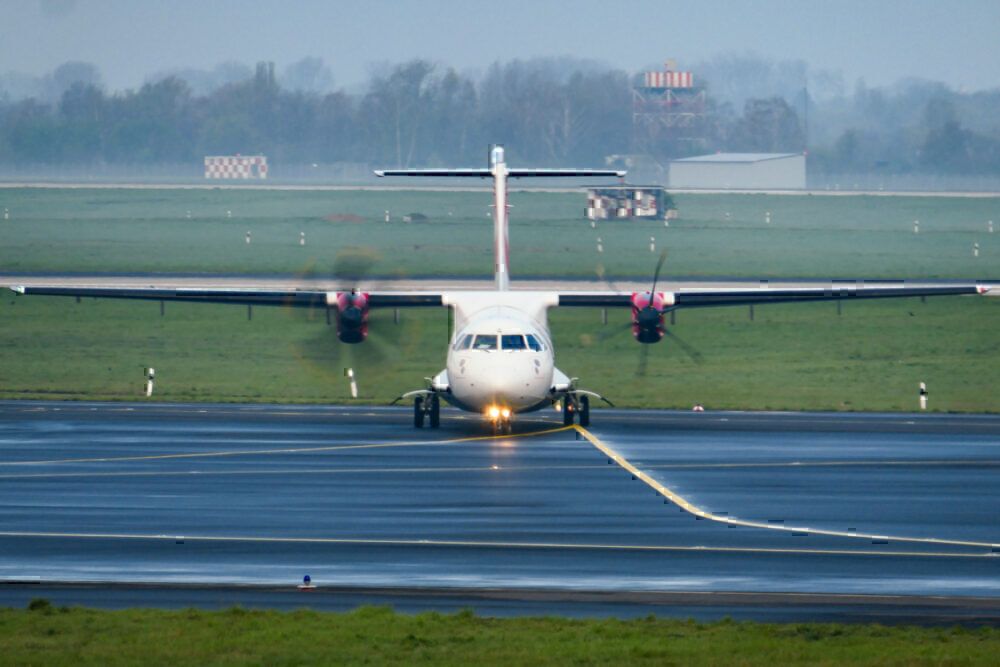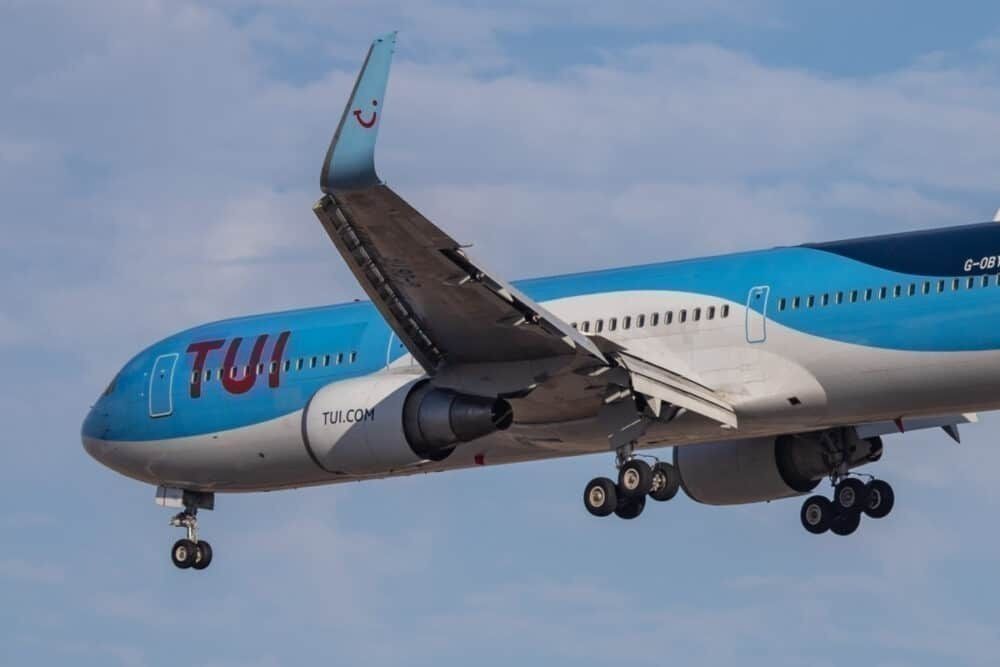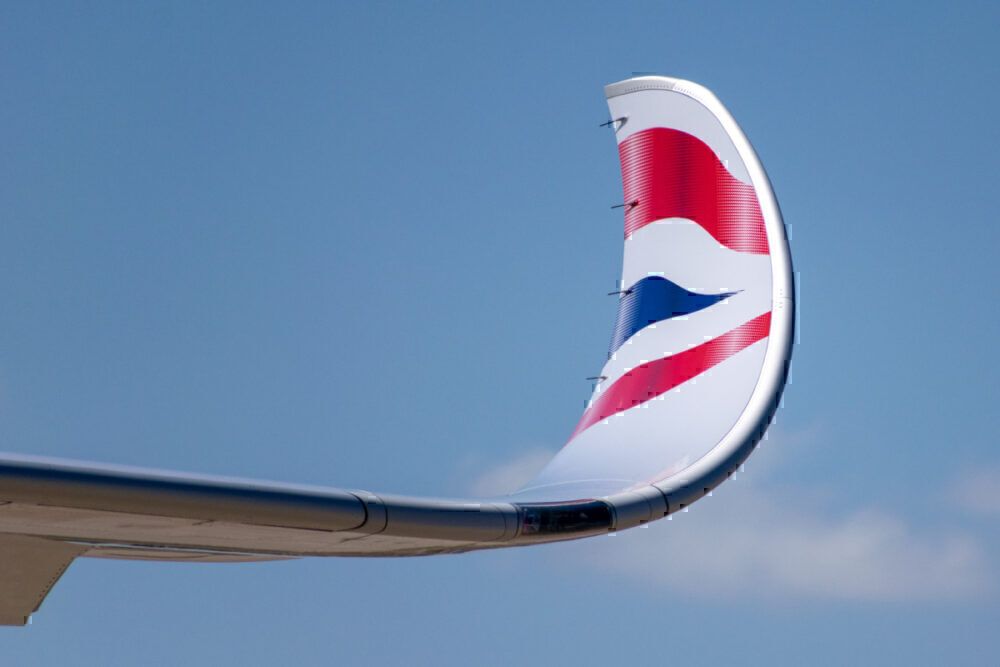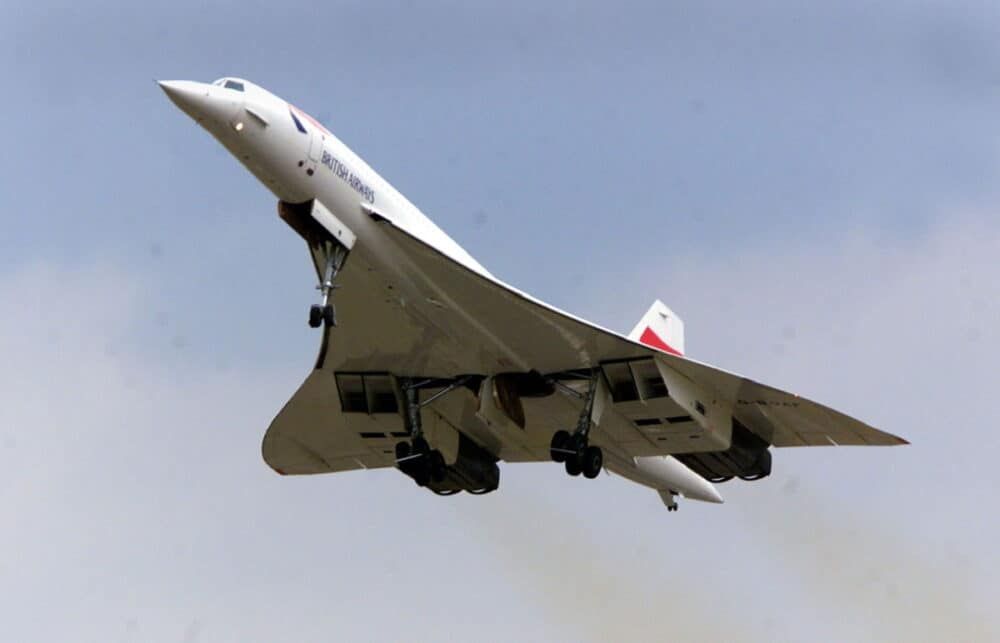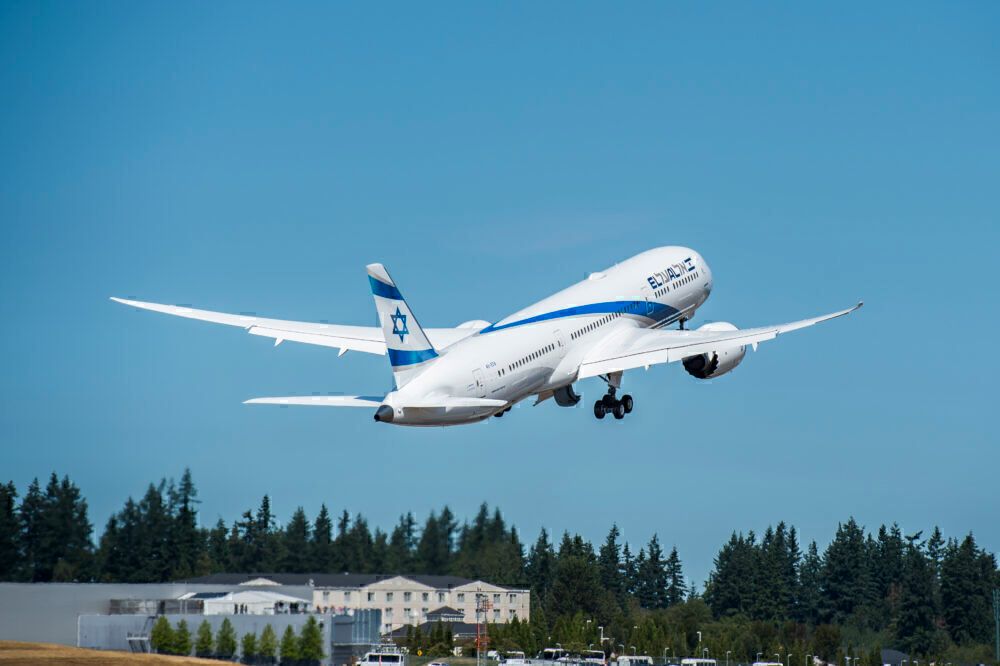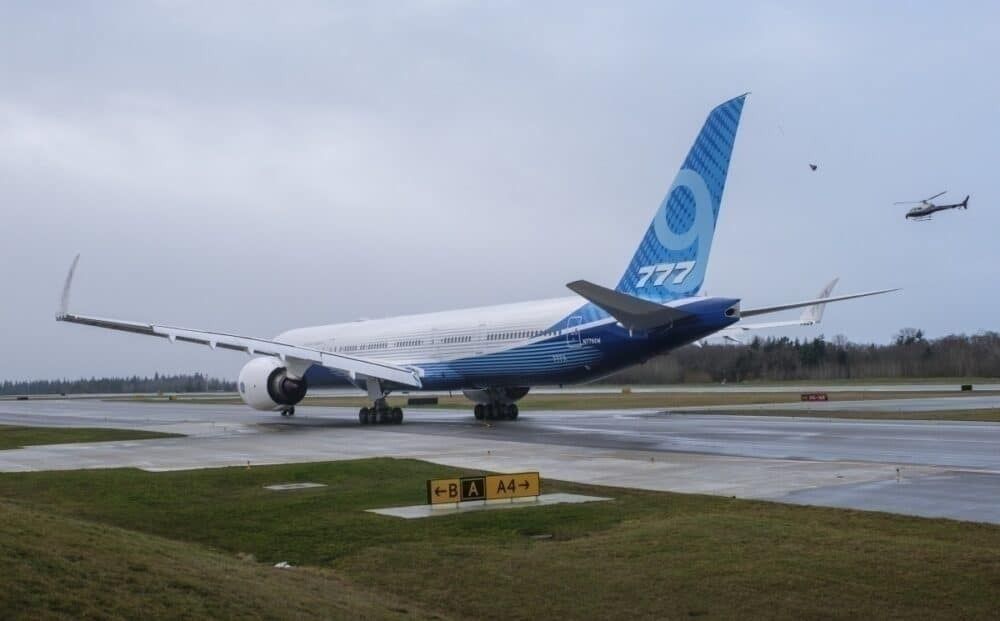Most commercial aircraft, and certainly all modern large jet aircraft, have a very similar wing shape. This is not really surprising, as wings have evolved over more than 100 years to a trusted, and optimized design. There are some differences though, both in the past and now.
Wing designed for optimal lift and efficiency
Aircraft wings today share the same basic design. The purpose of the wing of course is to produce lift, achieved by creating a higher pressure airflow under the wing, and lower above the wing. This is caused by the curvature of the aerofoil, guiding the design of all wings.
Wings of course vary in size (surface area), span, and sweep. An aircraft with a higher weight is going to require more lift, and hence a larger wing area.
And most jet wings are swept back (as opposed to having a flat leading edge). This arose with the development of higher-speed jet flight, as it reduces drag at higher speeds. Smaller (or slower) aircraft often have straight wing edges which perform better at lower speeds.
Another relevant factor is the aspect ratio (calculated as the square of the wingspan divided by the wing area). Higher aspect ratios lead to better aerodynamic performance. But creating a larger wing for this brings technical challenges, as well as potentially lower maneuverability of the aircraft. The 787 is a good example of this. With carbon fiber construction, the aspect ratio has been increased to 11. This compares for example to just below 10 for the 777, and 7.7 for the 777-400.
Stay informed: Sign up for our daily and weekly aviation news digests.
High vs low wings
If that explains wing design, what about location on the fuselage. We are used to seeing commercial jets with low wings, but many other aircraft have high wings, in line with the top of the fuselage. Why is this?
One main reason is that they fit the structure of a passenger jet better. A high wing allows a full open deck for cargo, but a passenger jet is split into passenger and cargo space. This fuselage structure, as well as landing gear housing, can be combined with low wings.
Low wings are also safer in the event of a gear-up landing (as the wings will absorb the force of landing), or a water landing (where the passenger cabin will remain above the water). And practically, having wing-mounted engines closer to the ground aids maintenance (in contrast, having them higher on a high wing aircraft is useful for ground clearance or rough ground).
Adding winglets
One thing that has changed in wing design is the addition of winglets to wingtip edges. These started to be added during the 1980s, with the growing realization that improvements could be made to this part of the wing.
There are several types and designs, and differences between Boeing and Airbus, but the principles are the same. Their function is to minimize vortex drag (also known as lift-induced drag). This happens when the high-pressure airflow below the wing crosses over to the lower pressure flow above, reducing lift. The net result is increased lift, thus lower fuel burn and more efficient operation.
Raked wingtips (as seen on the 787 and A350) offer the same improvements, without added winglets.
Concorde’s delta wing
There is one notable exception amongst commercial jets, albeit a past one. Concorde had a very different wing design, known as a delta wing (this is seen on many military jets as well, but modifications were needed for Concorde's size and operating characteristics).
This would reduce drag at very high speeds, being swept back by 55 degrees, But careful design was also needed to provide sufficient lift at subsonic speeds. It also provided stability, without the need for a horizontal stabilizer as found on most aircraft.
Lighter and more flexible wings
The latest generations of more efficient aircraft have introduced some changes to the wings. Whilst they may at first seem a similar design, they are more swept back. And with lighter composite material construction, rather than metal alloys, they will flex in flight.
The wing flex on the 787 is quite dramatic (take a look at the video below to see more). It does not have a significant effect on lift, but it improves aerodynamic stability and results in a smoother flight. Going forward, with improvements in technology and materials as well as a growing focus on efficiency, we are likely to see more wing designs like this.
And folding wingtips
And the new 777X will introduce a further wing feature – folding wingtips. The wings are larger, which improves efficiency, range and allows more fuel storage. Larger wings though bring challenges with operating airports (as the A380 suffered from). To get around this, the wingtips can be folded when on the ground, reducing the wingspan.
There are many other small variations in wing design. Feel free to share some examples of these, or more technical details, in the comments.

